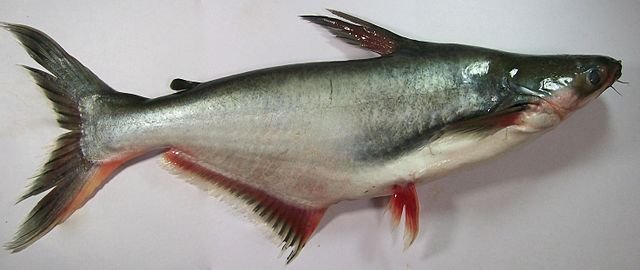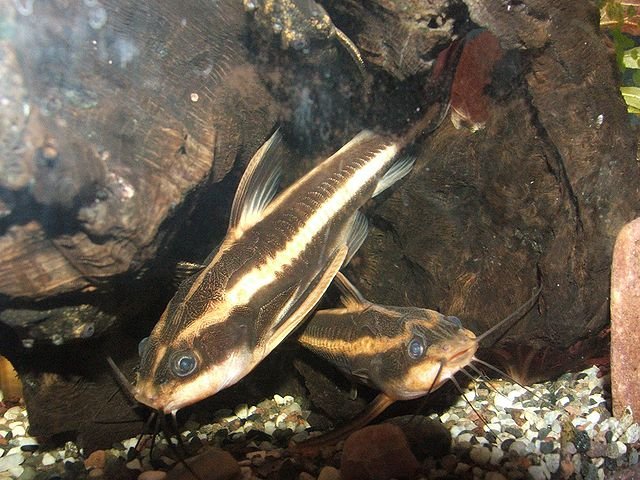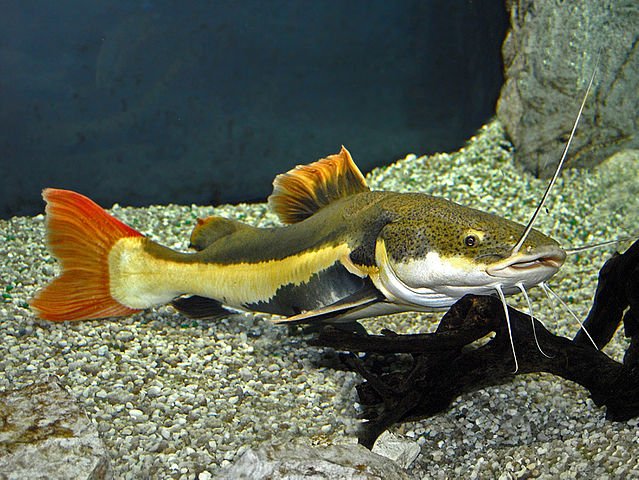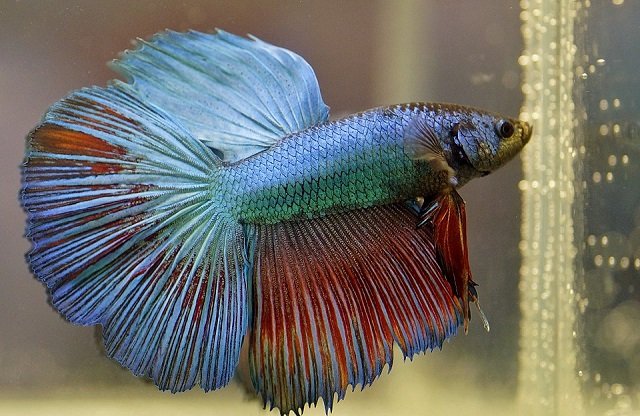
A new study published in the journal Veterinary and Animal Science delves into the fascinating world of Pangasius broodstock nutrition, highlighting the crucial role it plays in maximizing reproductive performance. It explores the specific requirements for proteins, lipids, carbohydrates, vitamins, and their impact on various reproductive parameters.
Researchers from Universiti Malaysia Terengganu (Malaysia) and Beibu Gulf University (China) published a scientific review aimed at gathering current knowledge on nutrient manipulation in the diet and the molecular strategies employed, and how this approach has improved Pangasius catfish seed production over time. They also describe the impacts of different nutrient categories in the diet on reproductive events. Importantly, the study focuses on all catfish species of the genus Pangasius.
The importance of proper nutrition in Pangasius
The reproductive success of a fish depends on a delicate balance. When energy intake does not meet the demands of gamete production, the reproductive axis suffers. This is particularly true during gonadal maturation, a period of increased energy demand for Pangasius, as it is with most catfish species. Here is why proper feeding is paramount to successful Pangasius aquaculture:
- Egg yolk quality: The developing embryo relies solely on the yolk until it can feed independently. The mother’s diet directly influences the quality and quantity of the yolk. Essential nutrients are mobilized from maternal reserves and deposited into the eggs during yolk sac formation, affecting larval survival.
- Newly domesticated broodstock: Broodstock collected from the wild and introduced into captive breeding environments often experience stress. This can hinder their reproductive performance. Providing a highly nutritious diet can mitigate these challenges and optimize their reproductive potential.
Nutritional needs and strategies for broodstock
While Pangasius are omnivores, their dietary needs for optimal reproduction are specific. Here are some key considerations:
- Proteins and amino acids: Proteins are the building blocks of life, crucial for tissue development, enzymatic function, and overall health. Specific amino acids are critical for ovarian maturation, larval growth, and general development. Studies suggest:
- Increasing dietary protein levels within an optimal range (e.g., 338-350 g kg-1) enhances reproductive performance in Pangasius catfish.
- Specific amino acids like arginine play a crucial role in regulating endocrine and reproductive functions, impacting larval survival.
- Lipids and fatty acids: Fats are not only an energy source for fish; they also play a vital role in reproduction. Specific fatty acids, particularly long-chain polyunsaturated fatty acids (LC-PUFA) like DHA and EPA, are crucial for healthy egg development and larval survival. Key findings are:
- Partially replacing fish oil with alternative lipid sources from terrestrial oils (e.g., vegetable oils) for Pangasius catfish can be done without compromising reproduction.
- The n-3/n-6 fatty acid ratio in the diet significantly affects egg composition and content, influencing reproductive performance.
- Dietary levels of specific fatty acids like DHA, EPA, and ARA are crucial for optimal reproduction and larval survival.
- Carbohydrates: While the exact carbohydrate requirements of Pangasius are not fully established, they play a role in sparing proteins and lipids for other vital functions. They also contribute to desirable characteristics in pellets for efficient feeding.
- Vitamins and minerals: Vitamins, though required in small amounts, play significant roles in various physiological processes. Studies suggest that:
- Vitamin E supplementation enhances reproductive performance in Pangasius broodstock by improving gonadal quality, fecundity, egg hatchability, and larval survival. An appropriate level for Pangasius hypophthalmus might be 189.65 mg kg-1.
- Vitamin C supplementation likely benefits Pangasius broodstock reproduction by improving gonadal development and potentially enhancing sperm quality.
Use of molecular tools
Overall, the study highlights the potential of using molecular approaches to revolutionize Pangasius broodstock nutrition. By identifying key genes and manipulating their expression, researchers can develop more effective dietary strategies to improve broodstock performance and ultimately increase catfish production.
The points developed by the study include:
- Genetic markers can be used to identify broodstock with desirable traits, such as high fat content or faster growth. This can be done through techniques like SNP analysis and genome-wide association studies (GWAS).
- Gene expression analysis can reveal how different genes respond to specific diets. This helps understand how dietary changes affect broodstock health and development.
- Genome editing (CRISPR/Cas9) is a powerful tool that can potentially modify genes to enhance specific traits in broodstock. For example, it could be used to increase the production of essential fatty acids.
Conclusion
“This review highlights the importance of dietary and molecular strategies to optimize reproductive performance in Pangasius catfish broodstock,” conclude the study authors. However, the article also identifies a significant knowledge gap specific to Pangasius catfish, which may hinder the development of aquaculture for this species.
By combining nutritional advances (including feed additives) with cutting-edge molecular techniques, Pangasius aquaculture can become even more sustainable and efficient. This will ensure a reliable supply of this delicious and nutritious protein source for consumers worldwide.
Stay Always Informed
Join our communities to instantly receive the most important news, reports, and analysis from the aquaculture industry.
Contact
Ambok Bolong Abol-Munafi
Higher Institution Centre of Excellence (HICoE), Institute of Tropical Aquaculture and Fisheries, Universiti Malaysia Terengganu
Kuala Nerus, Terengganu, Malaysia
Email: munafi@umt.edu.my
Reference (open access)
Torsabo, D., Ishak, S. D., Noordin, N. M., Waiho, K., Koh, I. C. C., Yazed, M. A., & Abol-Munafi, A. B. (2024). Optimizing reproductive performance in pangasius catfish broodstock: A review of dietary and molecular strategies. Veterinary and Animal Science, 25, 100375. https://doi.org/10.1016/j.vas.2024.100375
Editor at the digital magazine AquaHoy. He holds a degree in Aquaculture Biology from the National University of Santa (UNS) and a Master’s degree in Science and Innovation Management from the Polytechnic University of Valencia, with postgraduate diplomas in Business Innovation and Innovation Management. He possesses extensive experience in the aquaculture and fisheries sector, having led the Fisheries Innovation Unit of the National Program for Innovation in Fisheries and Aquaculture (PNIPA). He has served as a senior consultant in technology watch, an innovation project formulator and advisor, and a lecturer at UNS. He is a member of the Peruvian College of Biologists and was recognized by the World Aquaculture Society (WAS) in 2016 for his contribution to aquaculture.




